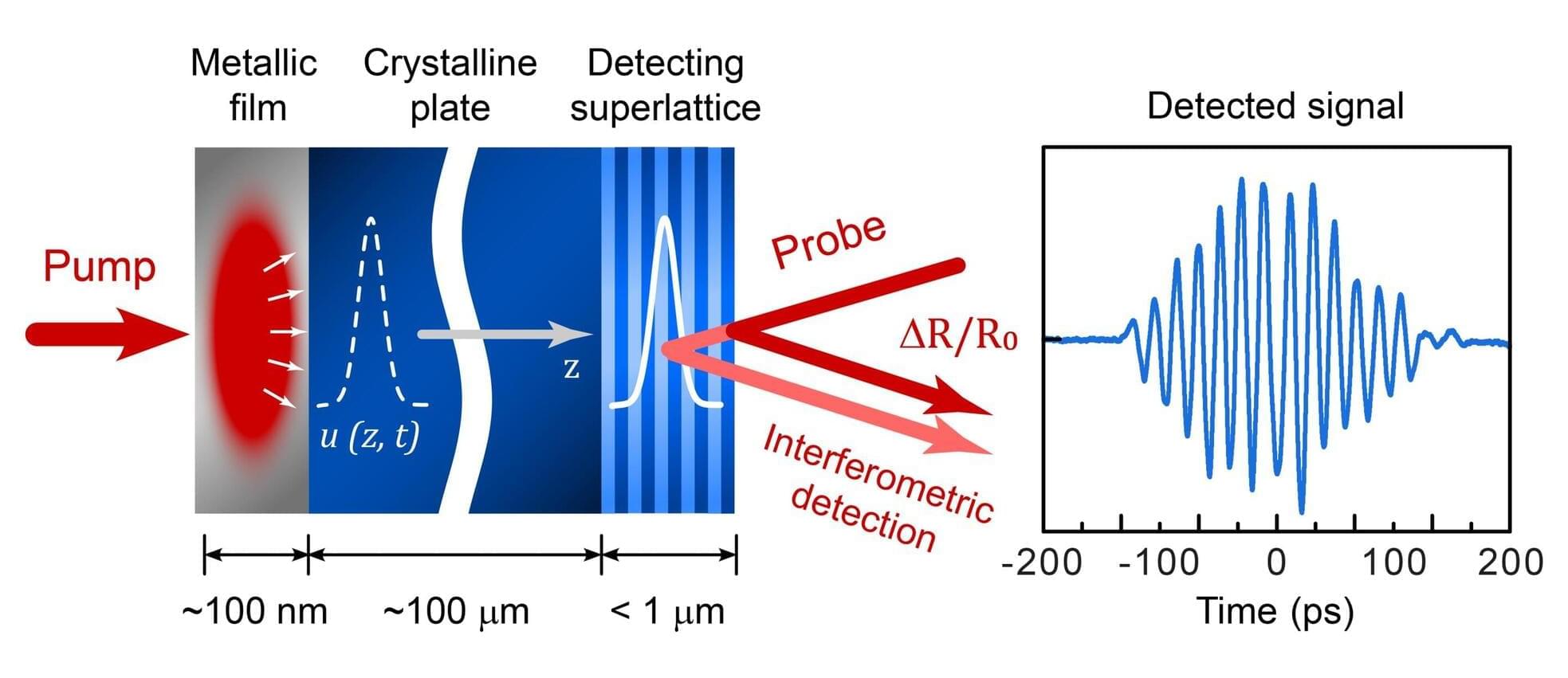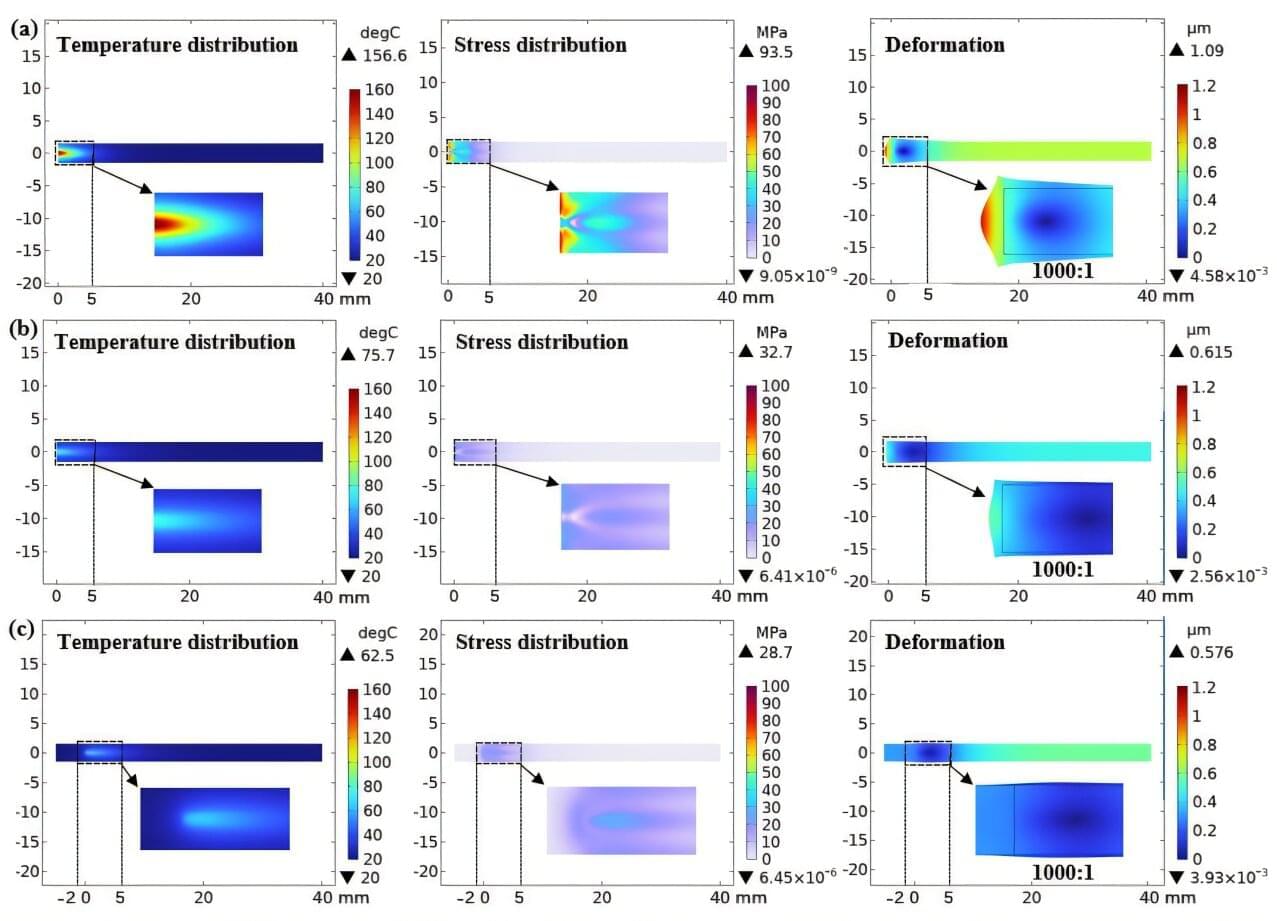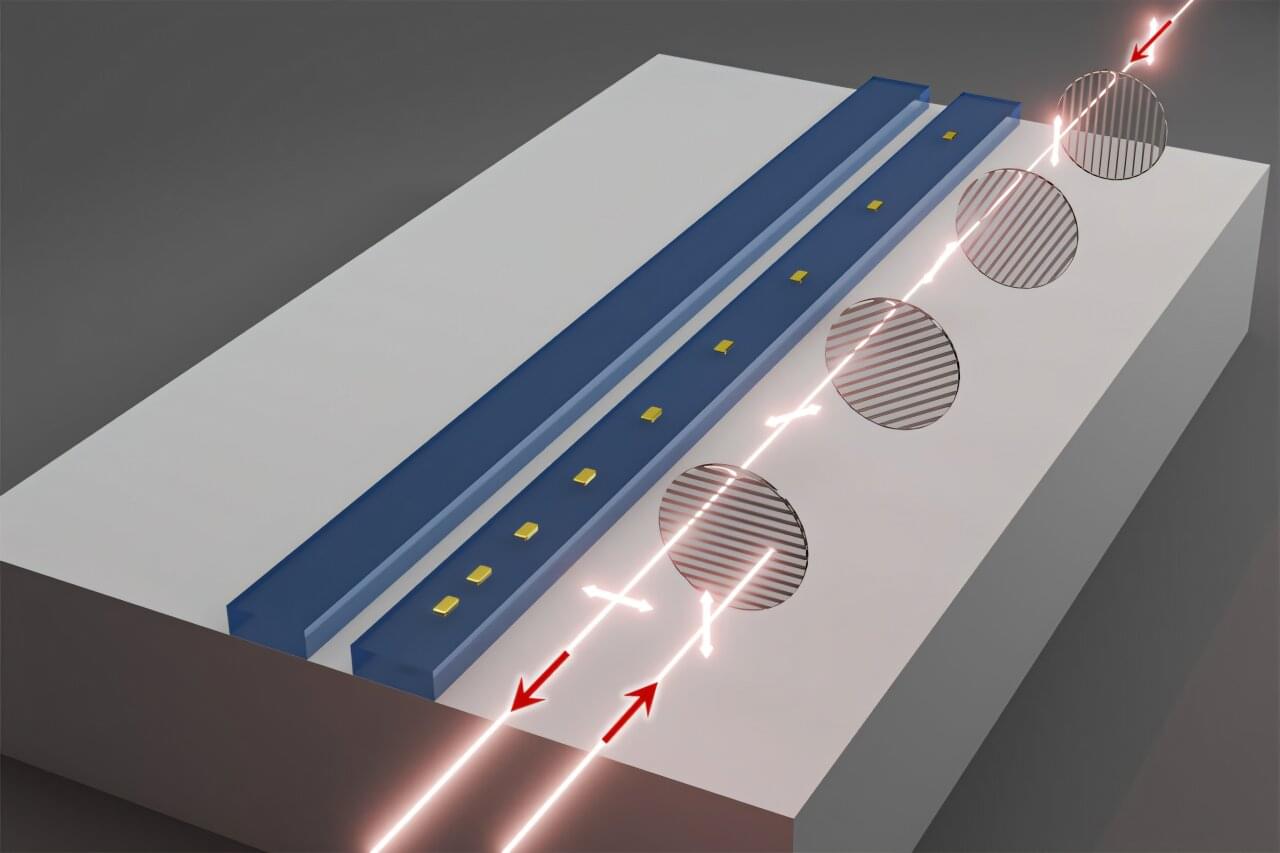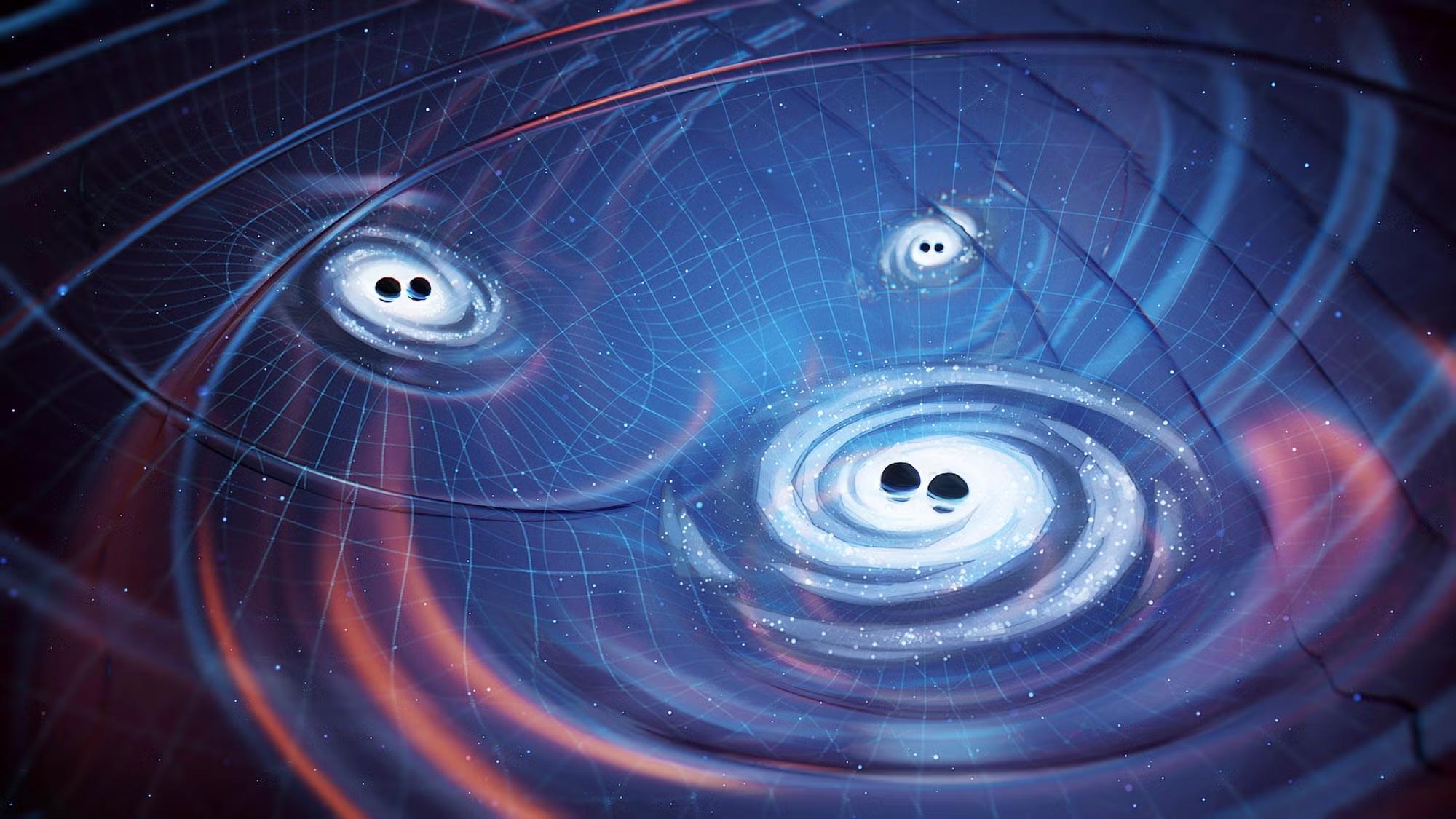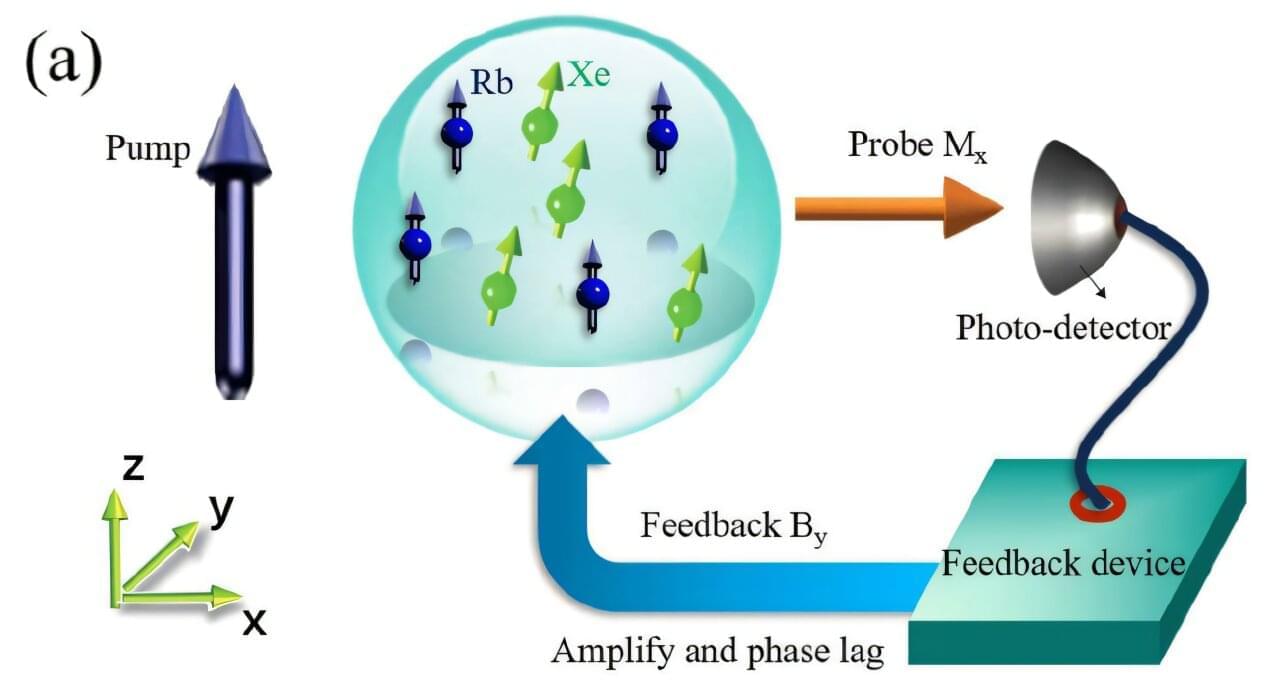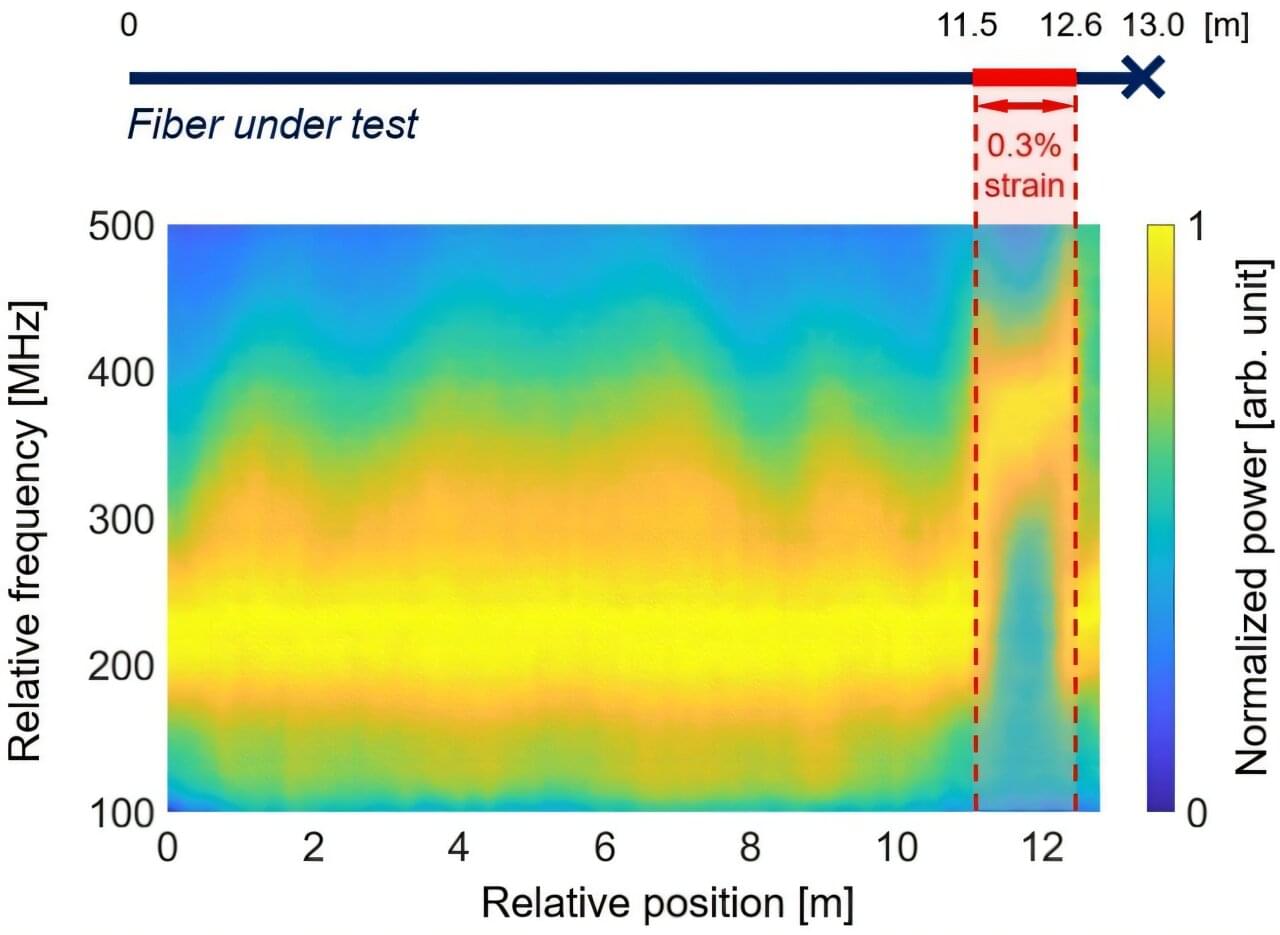A team of researchers from TU Dortmund University, the University of Paderborn, and the University of Nottingham has developed a new optical method to detect ultra-weak atomic motion. Their experiment performed in Dortmund has demonstrated unprecedented sensitivity of the detection of atomic motion in crystals by exploiting light interference.
The findings, recently published in Nature Materials, open new ways for studying ultrafast processes in materials.
Precise optical measurements rely on interferometers, where the beam probing a distance of interest interferes with a reference beam traveling a fixed path. This allows for assessing the path length difference of the two beams with high precision. A striking example is gravitational interferometers, which detect gravitational waves induced by a distant event in the universe, such as the collision of black holes.
